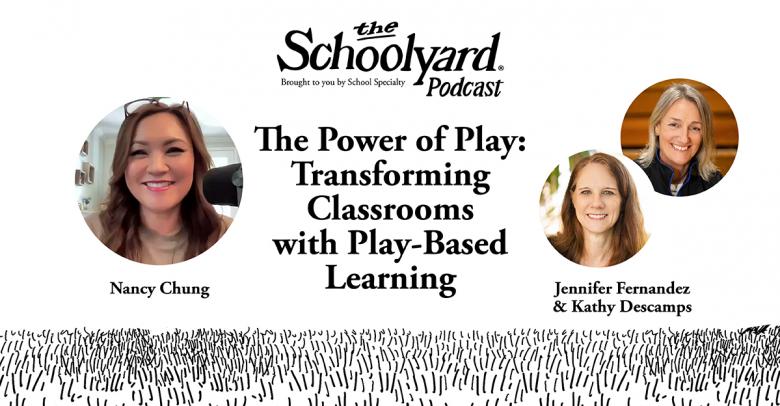By: Megan Finesilver, M.Ed.
To create a welcoming learning environment, I invite my students to join me on the floor! In an early education environment, a bright, educational carpet is a key fixture. It’s important that this carpet be comfortable for not only the students but the teacher as well because they will both be spending a lot of time on it. Getting down on the carpet allows instructors to see their students on a personal level and monitor student comprehension.
A Meaningful Math Visual
There are many ways to incorporate an educational carpet into instruction. From the moment I placed my new carpet in the middle of my classroom, the students immediately began exploring. It’s adorned with numbered butterflies and dots within the wings that correspond to the number amounts. These butterflies may look decorative, but they provide a constant counting helper for adding and subtracting practice. Early ed math carpets contain visuals for number, shape, or pattern recognition that students don’t even realize help to reinforce skills. Even the most basic rug can be applied to math lessons. Geometry, counting, measuring, and even angles can be explored in a simple square or circle design. Besides brightening up a room, classroom rugs makes math accessible, with answers right under your feet!
Active Minds and Bodies
I like to make learning as active as possible, as I have some quite active students in my class! Before a lesson, we usually do a quick activity to warm up both minds and bodies. Students hop to an even or odd number or the sum of an addition problem found on my carpet. Another activity we play is ‘I spy’ with a math twist. For example, students will state ‘I spy a pattern of circle, circle, square,’ or ‘I spy a hexagon.’ Although the ‘I spy’ answer can be found anywhere in the room, it is often spied in a carpet design, as they are full of patterns, counters, and shapes. Games like this encourage students to see math everywhere and appreciate that it can be fun!
Comfortable Learning
If my students are on the carpet, I am usually as well – especially when working with manipulatives. We bring math manipulatives to the carpet so we’re not confined by the size or shape of a desk. Being on their level is a great opportunity to monitor student learning and assess how to proceed based on their understanding. I can see first-hand how the manipulatives are being used, and students can present their findings to me.
The era of desks is quickly ending and it’s become apparent that children need to find learning spots that work for them. Students in my class often gather to my carpet and lie on their bellies with a clipboard. For the majority of my students, their best learning spot is close to the floor. Math on the carpet creates a setting that permits more concentration on learning and less on trying to sit still in a desk. To me, this is an essential component in creating a classroom where children are encouraged to flourish – in a comfortable way!






Leave a Reply